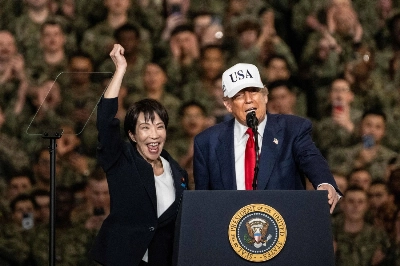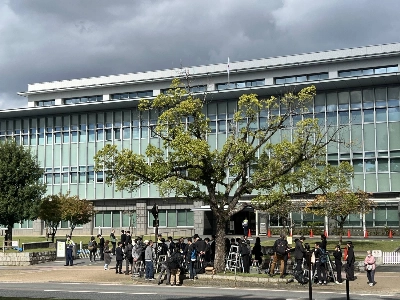A tripartite coalition among the Liberal Democratic Party, the Liberal Party and New Komeito has become a fait accompli. At a special party convention last weekend, New Komeito adopted a basic policy that prepared the second-largest opposition party for participation in the bipartisan ruling alliance between the LDP and the LP. In a summit meeting Monday with Prime Minister Keizo Obuchi, who is LDP president, the centrist party accepted a request to eventually share power.
What is happening is that New Komeito is changing its political stripes. It is giving up its role as an anti-LDP opposition party to become a governing party. It is unclear, however, exactly what it is trying to achieve as a coalition partner. New Komeito is duty-bound to address this question in language that ordinary people can understand.
Its new plan of action defines the current state of Japanese politics as an "era of coalition government." The people, it says, do not favor a one-party administration by the LDP, nor do they support at this stage a two-party system in which power alternates between the two largest parties. This perception is probably right: The LDP failed to win a majority in the Lower House election of 1996 and again in the Upper House election of 1998.

















With your current subscription plan you can comment on stories. However, before writing your first comment, please create a display name in the Profile section of your subscriber account page.